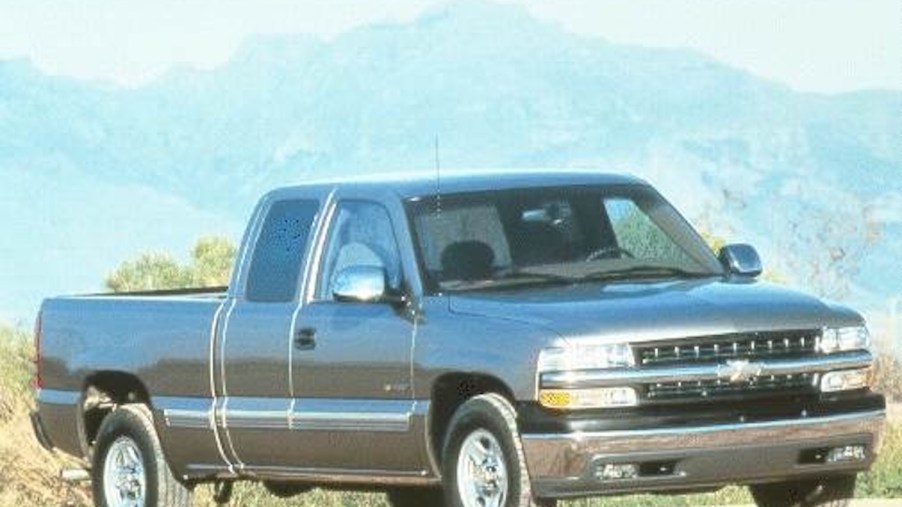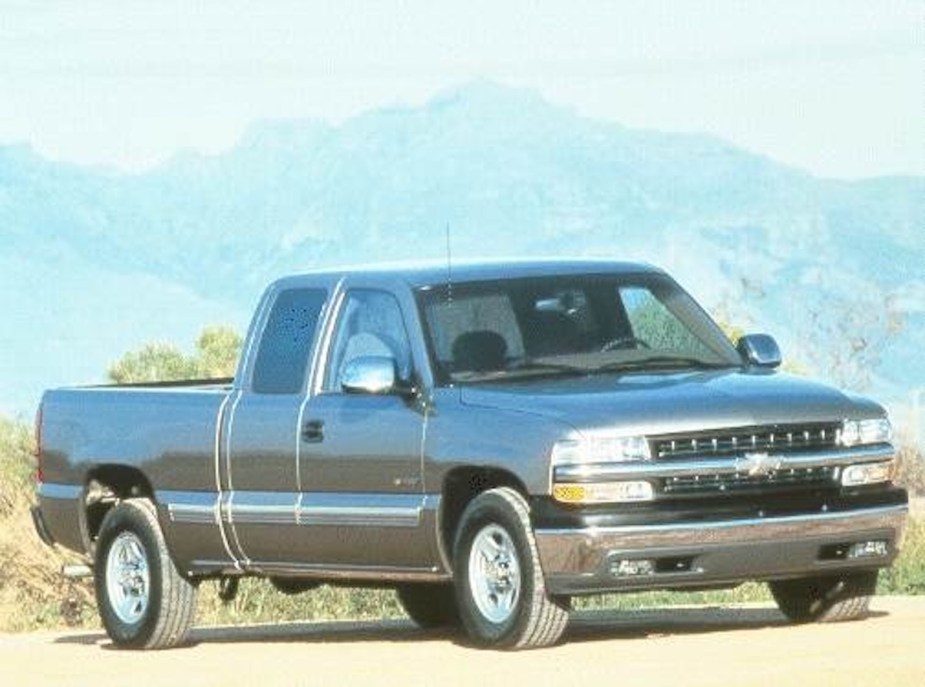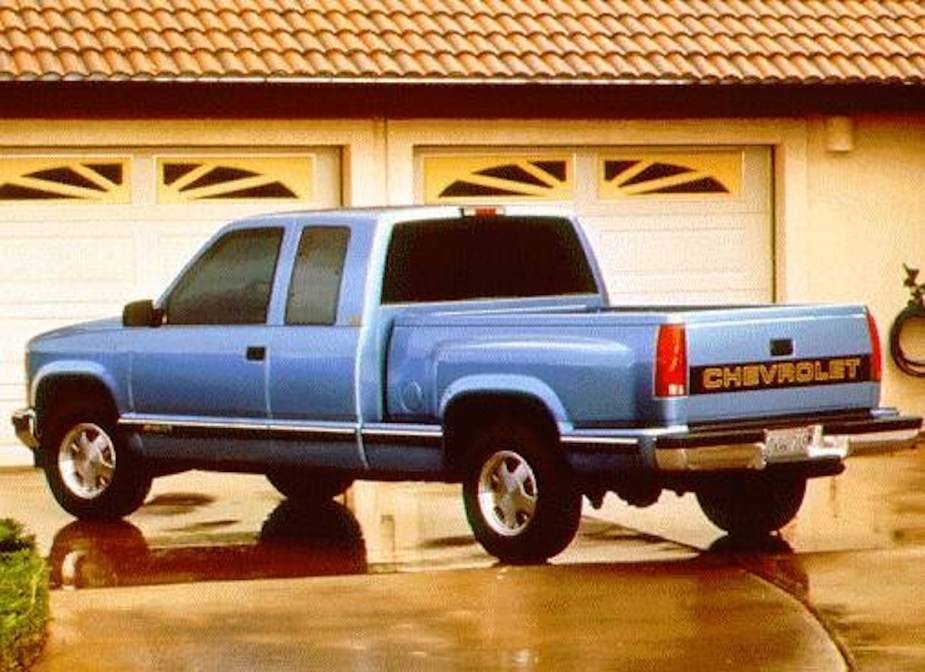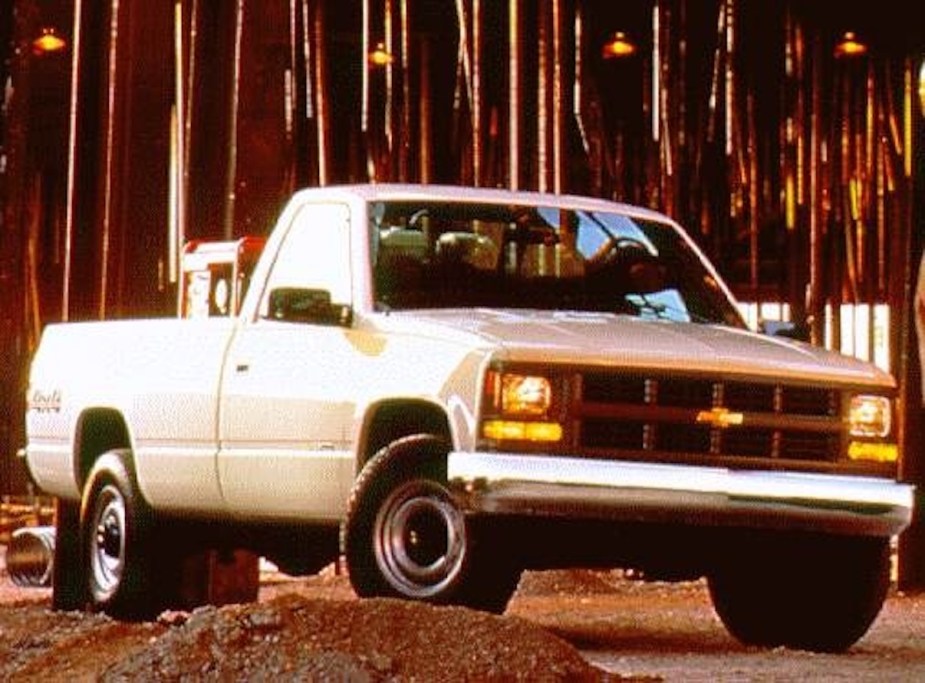
Avoid Buying These: Chevy & GMC 6.5L Diesel Trucks
The Detroit Diesel 6.5-liter GM engine first appeared in 1994 in the full-size GMC and Chevrolet 1500 series pickup trucks. Unfortunately, even in 1994, they were inferior to their Ford and Ram diesel counterparts. By this time, most diesel engines were featuring direct injection, but this, among other slights, caused major problems for GM. And they remained until a revised engine debuted in 2002.
Are the 6.2-liter and 6.5-liter Detroit Diesel engines the same?

The 6.5-liter Detroit diesel engine was the predecessor to the 6.2-liter version. Lackluster performance was the main complaint about the 6.2-liter Detroit Diesel engine. Featuring 130 hp at 3,600 rpm, they couldn’t compete with their cousins, the 454 ci gas V8. Gas mileage was also superior to the diesel option.
With turbocharging, you could up the power to 200 hp according to Driving Line. Of course, that was a much more expensive option than just buying it off of the lot. The turbocharging excelled over its later iteration, the 6.5-liter. Unfortunately, GM was not hip to the treasures of turbocharging and never offered the 6.2-liter diesel engine with it.
When did GM add turbocharging?

What it chose to do was increase the 6.2-liter bore. Keeping the stroke the same, by upping the size of the cylinders, it birthed the L56 and L65 diesel engines, both turbocharged. But there were also non-turbo alternatives, like the L49 and L57 diesel engines.
While GM diesel truck enthusiasts could have rejoiced, the 6.5 was nowhere near Ford’s 7.3-liter PowerStroke or Ram’s Cummins 5.9-liter diesel engines. GM tried to compete, using the Stanadyne DS4 injection pump. But they failed in the field, being overstressed by the 1weak 05 cc flow. This resulted in DS4 failures left and right. The problem was due to cavitation.
But its main problem was its controller. Electronics abhor heat and vibration. With the pump-mounted driver, engine stalling was common. GM tried to address the DS4 failures with service bulletins, but nothing could improve the error of the controller’s location.
How can a new buyer improve the diesel engine’s performance?

If you have one of these GM trucks, your best advice is to buy one of the aftermarket controller relocators. Sink plates are included, which are used to draw heat away from the controllers. DIYers can also move it to the skid plates. Included are a resistor and wiring extension.
But there are still other built-in issues with the 6.5. The Engine Control Modules, or ECMs, are subject to overload. Early versions lack some source codes which is, frankly, unbelievable. But there’s more.
The 6.2 and 6.5 diesel engines are notorious for breaking crankshafts. This results in engine block cracking, causing separating harmonic balancers. These are located at the front of the cranks.
What else is wrong with these Silverado diesel trucks?

Another issue with the 6.5 is with its oil pressure switch. It is known to fail, which causes engine starting problems. It also causes hesitation under acceleration. These pressure switches are known to fail regularly.
In 1996, GM addressed the 6.5 engine’s tendency to overheat. It reconfigured the cooling system, by employing higher-volume water pumps and non-bypass-blocking thermostats. Also, 21-inch fans are recommended as an upgrade.



